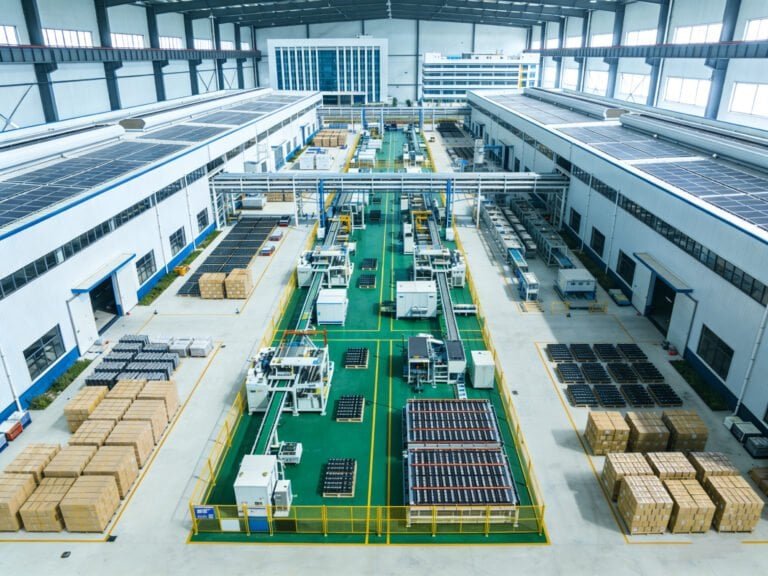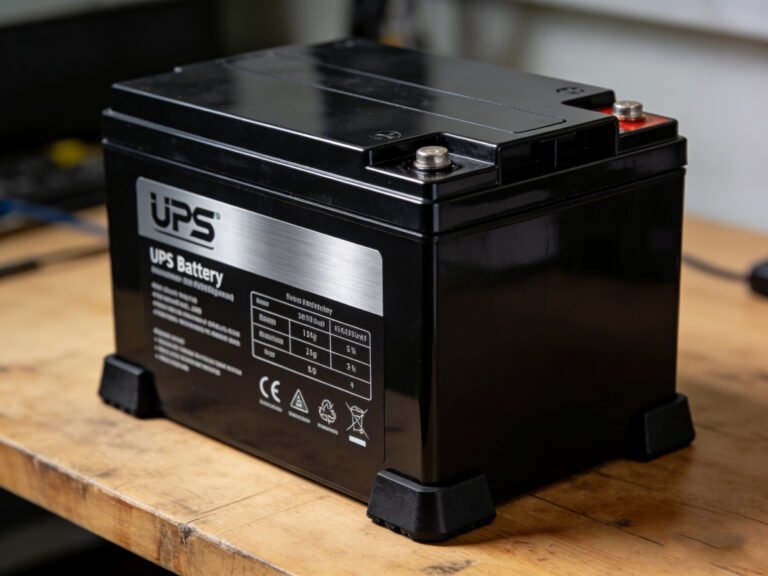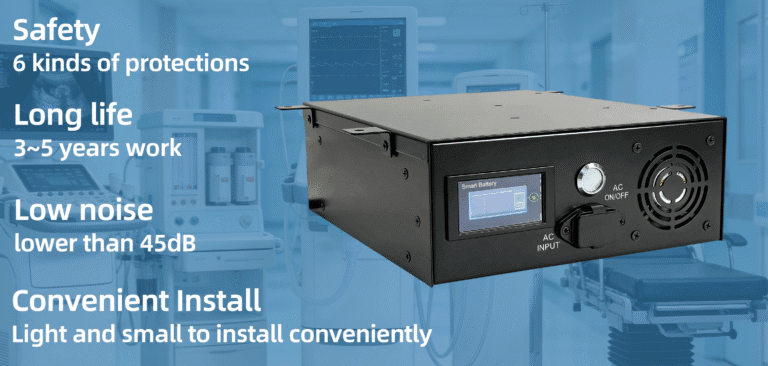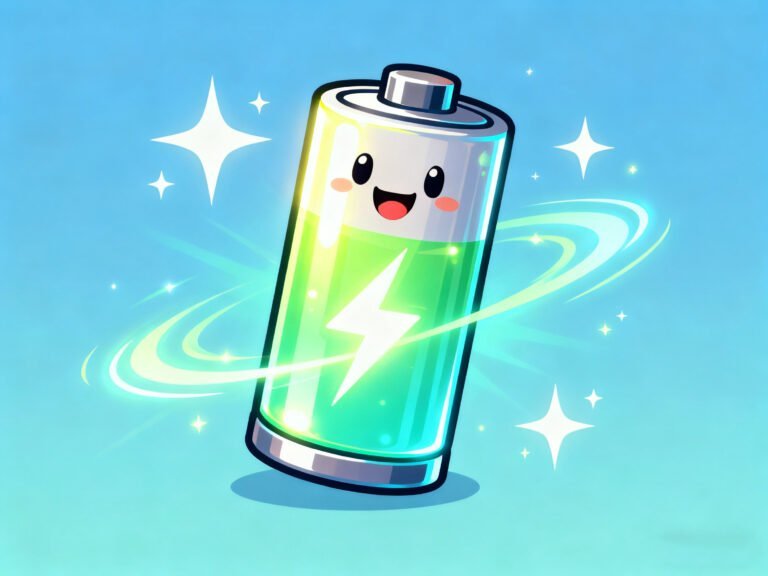In the world of modern energy storage, lithium batteries power almost everything—from eBikes and electric scooters to AGVs, forklifts, and energy storage systems. However, one of the most common yet misunderstood issues faced by users and manufacturers alike is battery “starvation.”
The term “battery starvation” (often called battery death by deep discharge) describes a condition in which a lithium battery’s voltage drops too low, preventing it from accepting a normal charge. Understanding this phenomenon is key to maintaining long battery life, reliability, and performance.
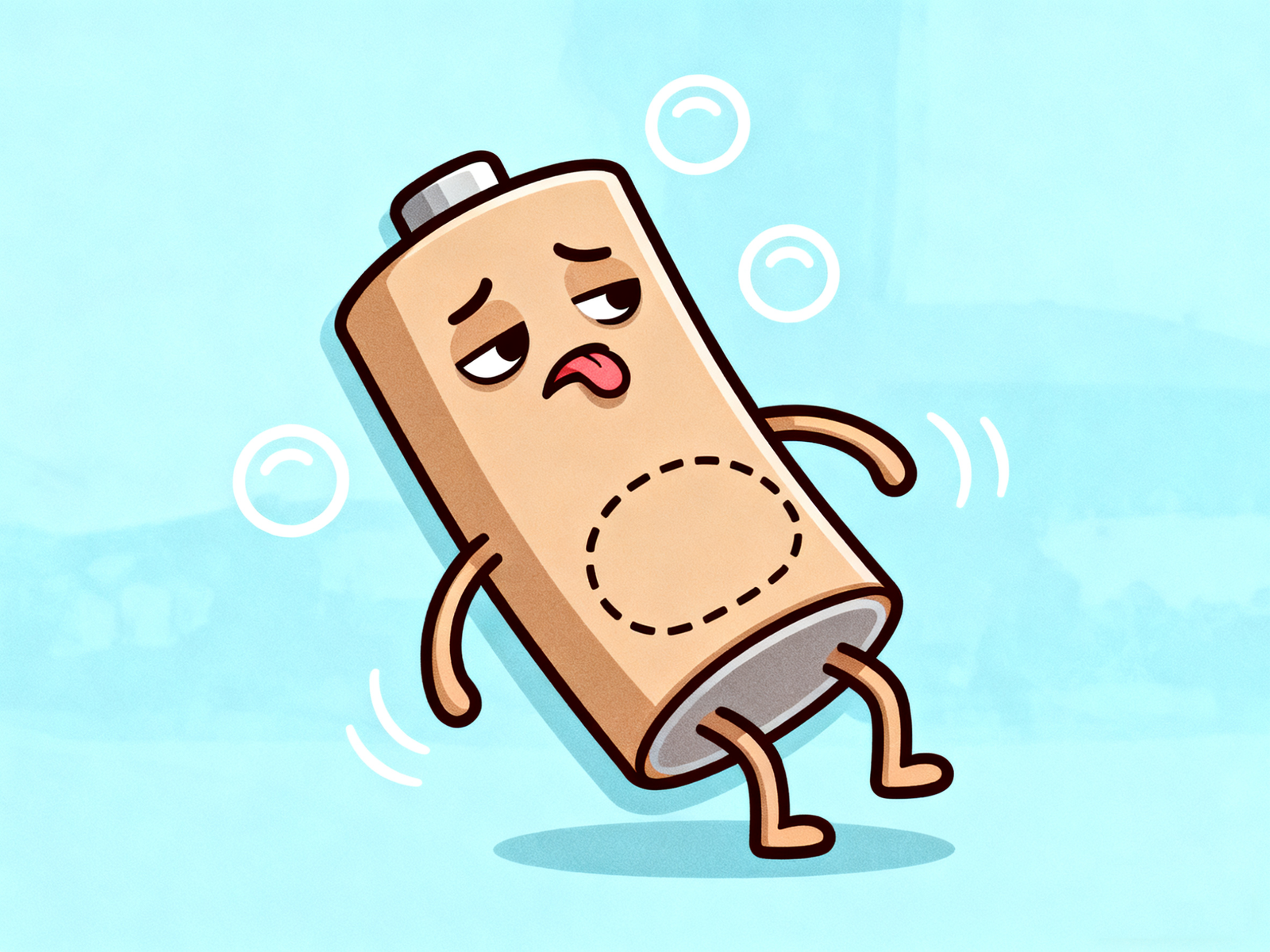
⚠️ What Does “Battery Starvation” Mean?
When a lithium battery is left unused for an extended period or is excessively discharged, the voltage of one or more cells may fall below the safety threshold—usually around 2.5V per cell.
Once this happens, the Battery Management System (BMS) triggers a low-voltage protection to prevent further discharge and internal damage. As a result, the battery pack becomes “locked,” and ordinary chargers cannot recognize or charge it.
In simple terms, a “starved” battery has been drained beyond its recoverable limit—it’s too “hungry” for electrons to wake up.
Typical symptoms include:
– The charger light stays green and does not start charging
– The device shows “0%” or “no battery detected”
– Voltage readings are abnormally low or zero
– The battery remains cold and inactive during charging
🔍 Why Does a Lithium Battery Become Starved?
Several factors contribute to lithium battery starvation, usually involving improper usage, long-term storage, or environmental stress.
1️⃣ Long-Term Storage Without Recharging
Even when not in use, lithium batteries experience self-discharge—typically 1–3% per month. If a battery is stored for months without replenishing this loss, its voltage gradually drops below the protection threshold. Once the BMS disconnects the circuit, the battery appears “dead.”
Example: An eBike battery left unused for 6 months at 20% capacity can easily drop below 2.5V per cell, triggering deep discharge protection.
2️⃣ Over-Discharge During Use
Using a device until it completely shuts down—or worse, continuing to draw power afterward—can push cells into over-discharge territory. Some equipment lacks proper cut-off protection, allowing the battery to deplete too far, leading to irreversible chemical degradation.
3️⃣ High or Low Storage Temperatures
Temperature plays a crucial role in battery chemistry:
– Low temperature (<0°C): Chemical reactions slow down, voltage drops faster, and charging becomes difficult.
– High temperature (>45°C): Electrolyte decomposition accelerates, internal resistance rises, and self-discharge increases.
Both extremes can speed up the starvation process and shorten battery life.
4️⃣ BMS or Circuit Protection Lockout
When BMS detects extreme under-voltage or temperature anomalies, it disconnects charging and discharging paths. If the system lacks a built-in “activation” feature, a standard charger won’t restart the battery until a special wakeup charge is applied.
5️⃣ Poor-Quality or Mismatched Cells
Cells with inconsistent capacity, internal resistance, or aging rates can easily become unbalanced. One weak cell can drop below safe voltage earlier than others, triggering the BMS cutoff and putting the entire pack into protection mode.
⚡ The Science Behind Battery Starvation
When voltage falls below 2.0–2.5V, several harmful reactions occur inside the lithium cell:
– The copper current collector may start to dissolve into the electrolyte.
– The SEI layer (Solid Electrolyte Interface), which protects the anode, breaks down.
– Metallic lithium plating or dendrites may form during subsequent charging.
These changes permanently increase internal resistance and reduce capacity, even if the cell can later be revived.
In essence, a “starved” battery doesn’t just lose energy—it loses chemical stability.
🔧 How to Revive a Starved Lithium Battery
⚠️ Important Note: The following methods should only be performed by trained technicians with proper equipment. Attempting to revive a deeply discharged lithium battery at home can be dangerous.
1️⃣ Try an Activation (Wake-Up) Charge
Some smart chargers and maintenance tools include a “battery activation” or “repair” mode. This mode gently applies a very low current (trickle charge) to slowly raise the voltage above the protection threshold (about 3.0V per cell). Once the BMS recognizes the voltage, normal charging resumes.
2️⃣ Manual Trickle Charging (for Professionals Only)
A lab power supply can be used to apply controlled low-voltage charging directly to individual cells:
– Set voltage: 3.0V per cell
– Set current: 0.02–0.05C
– Monitor temperature closely
This process reactivates the chemical reactions and restores partial capacity.
3️⃣ Replace Severely Damaged Cells
If certain cells fail to hold voltage even after activation, they are likely irreversibly degraded. Replacing them with matching cells and rebalancing the pack is necessary for long-term safety.
4️⃣ BMS Reset or Reprogramming
Some advanced battery systems allow a BMS “reset” through software or manufacturer tools. This step clears protection states once the voltage is restored.
🧠 Can Every Starved Battery Be Revived?
Unfortunately, no. If the voltage has stayed below 1.5V per cell for a long time or if copper dissolution has already occurred, the damage is permanent. Even if revived temporarily, such cells pose safety risks like swelling, overheating, or internal short circuits.
In these cases, replacement is the only safe option.
💡 How to Prevent Battery Starvation
The best cure for battery starvation is prevention. Proper handling and maintenance dramatically extend a battery’s lifespan.
1. Never Store a Battery Empty – Before long-term storage, charge the battery to 60–70%.
2. Recharge Every 2–3 Months – Even in storage, perform a maintenance charge regularly.
3. Avoid Complete Discharge – Recharge once capacity drops below 20–30%.
4. Store in a Cool, Dry Place – Ideal storage temperature: 15–25°C (59–77°F).
5. Use Quality Chargers and BMS – Always use manufacturer-recommended chargers that communicate properly with the BMS.
6. Choose High-Quality Battery Packs – Professional manufacturers like Dongguan Yizhan Electronics Technology Co., Ltd.use matched cells and advanced protection systems to prevent deep discharge.
At Dongguan Yizhan Electronics Technology Co., Ltd., we understand how crucial battery reliability is to your business. With over 12 years of experience in lithium battery design and manufacturing, our engineering team ensures every battery pack—whether for eBikes, AGVs, robots, or energy storage—meets the highest standards of safety, durability, and balance control.
Each pack is equipped with:
– Intelligent BMS protection
– Cell balancing function
– Overcharge and over-discharge prevention
– Temperature monitoring and fault diagnosis
By combining high-quality 18650 and 21700 cells with precision manufacturing, Yizhan batteries are designed to resist deep discharge and extend cycle life, helping you avoid the dreaded “battery starvation.”
Battery starvation is not a mysterious failure—it’s a preventable result of poor maintenance or improper use. By understanding the causes, applying correct charging practices, and choosing reliable battery systems, users can extend battery life by years and maintain consistent performance.
Remember: A healthy lithium battery is like a living system—it needs balanced care, regular “nutrition,” and protection from extreme conditions. Don’t let your battery “starve”—keep it charged, cool, and cared for.

